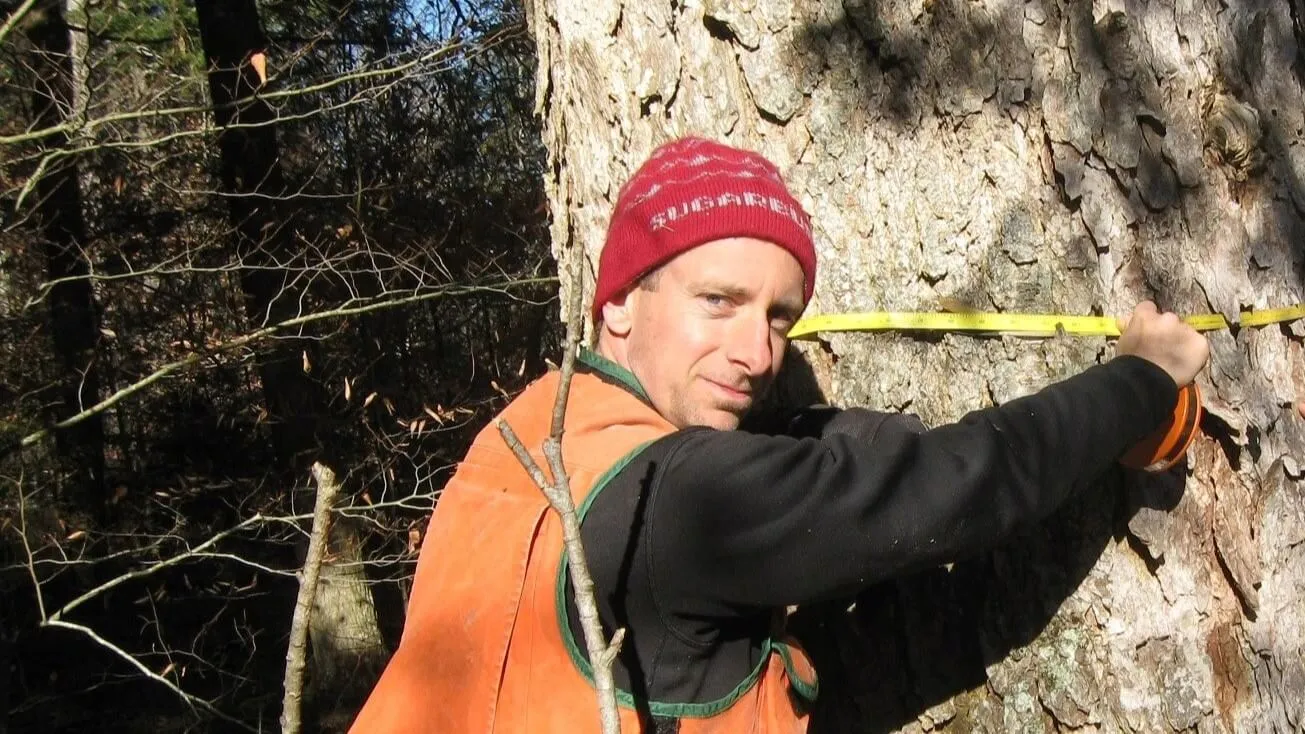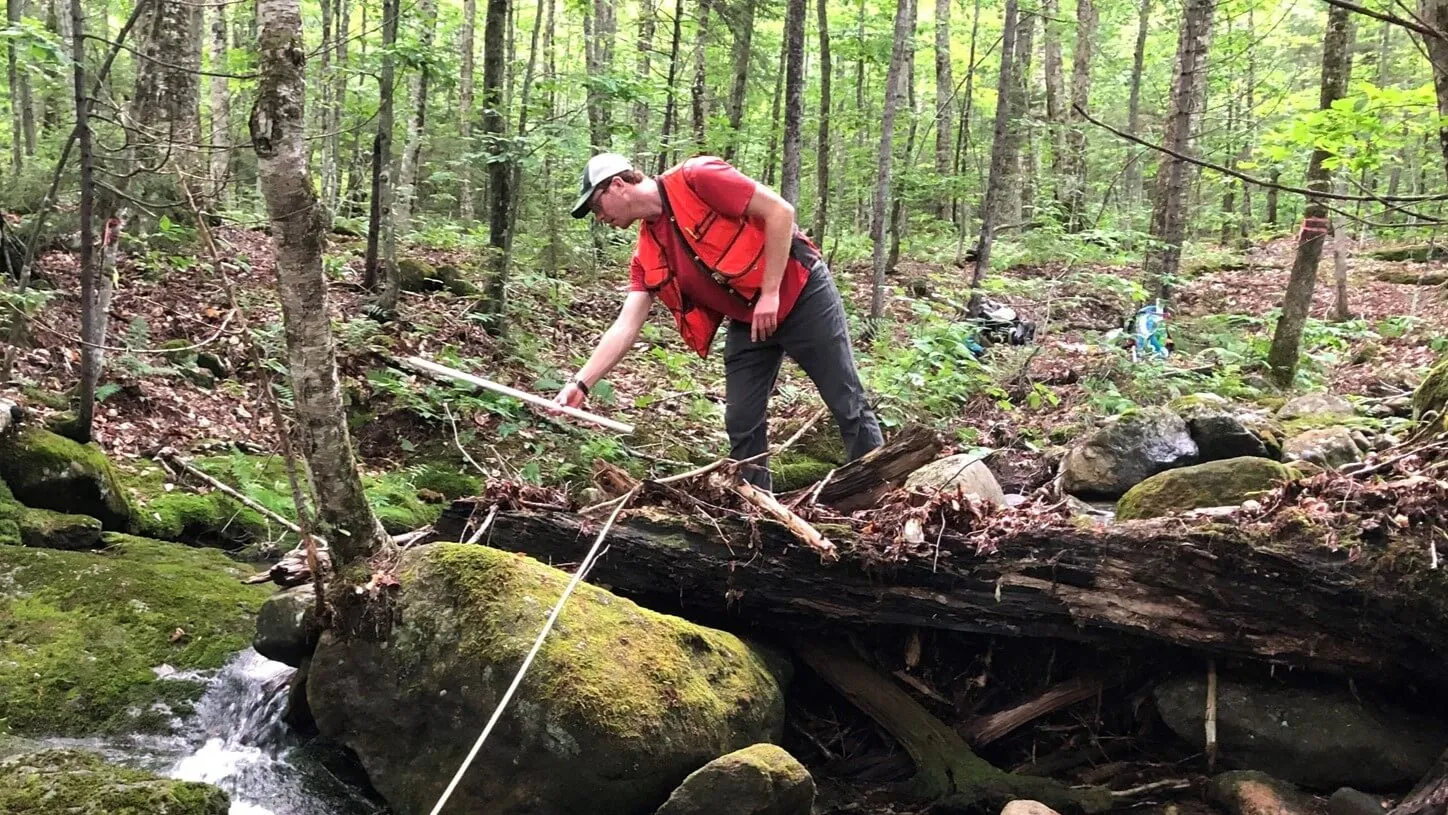A new study finds flaws in the current carbon market system and offers avenues of improvement.
The study came from a team of carbon scientists including Gund Fellow and coauthor William Keeton of the University of Vermont. The research—led by the nonprofit Clean Air Task Force—looked at 20 forest carbon credit protocols, or the rules governing forest carbon credits, across North American markets. The report examined rules from both regulatory and voluntary forest carbon markets.
Carbon markets, once a hallmark of “green” business efforts, have seen growing challenges in recent years as distrust has grown around the accuracy of the supposed benefits that carbon offsets conveyed, Keeton says. The study is the first attempt to place scores on current protocols in an effort to find strengths and root out weaknesses.
“This research was a response to skepticism that has developed in recent years around carbon markets and the idea of offsetting greenhouse gas emissions,” Keeton says. “We felt it was necessary to go through North American carbon market systems, dig deep in the weeds, and pull them apart bit by bit to figure out what’s working, what’s not, and what could be improved.”
The team noted several areas they say are ripe for improvement in current forest carbon markets, which account for over a third of voluntary (i.e., not legally required) carbon markets across the world.
“Our new study finds that most forest carbon protocols are currently too weak to ensure that the issued credits are high-quality,” said Kathy Fallon, Director, Land Systems Program at Clean Air Task Force. “Given the large volume of forest carbon credits in the market, it’s time to overhaul these protocols.”
Areas of concern include the potential for carbon storage gains to be unraveled by forest fires or pests in project areas. Another challenge is the failure to adequately account for the geographic or market displacement effects of forest carbon projects; if one forest is protected or more lightly managed for a carbon market project, but another forest is then logged more heavily elsewhere to compensate for the lumber needed to create wood products, there’s no actual reduction in global emissions.
“We need to make sure that forest climate mitigation projects are accurately calculating and representing the climate benefits they produce,” said Keeton, also a professor in UVM’s Rubenstein School of Environment and Natural Resources. “And we need to do a better job of estimating risk—of accounting for possibilities like forest fires, windstorms, disease outbreaks. All those scenarios are possible, and increasingly likely in a changing climate.”
The future of forest carbon markets is unclear. Some estimates say they are poised to continue to shrink following their $2 billion peak in 2022 or expand to $1 trillion in coming decades. Keeton is optimistic about the markets’ future.
“I think we're already seeing a seismic shift in the carbon markets because there has been so much skepticism in recent years,” Keeton says. “That is already forcing these markets to revisit and reevaluate their protocols. And in this paper, we’re providing clear guidance on how to do that.”


